Series of conflicts between the United States and the Seminoles in Florida
| Seminole Wars |
| Series of conflicts between the United States and the Seminoles in Florida |
| Period | 1816-1858 |
| Location | Spanish Florida, later Florida |
| Major Causes | Tensions over slavery, Seminole resistance to relocation under Indian Removal Act |
| Significant Events | First Seminole War initiated by Andrew Jackson, Second Seminole War marked by guerrilla warfare, Third Seminole War over tensions near Fort Myers |
| Outcome | American victory; Majority of Seminoles relocated to Indian Territory or killed, final bands retreated into the Everglades |
| Impact | Longest, most expensive, and deadliest of all American Indian Wars |
The First Seminole War
Account of the First Seminole War (1817-1818) between the United States and the Seminole Native Americans in Florida:
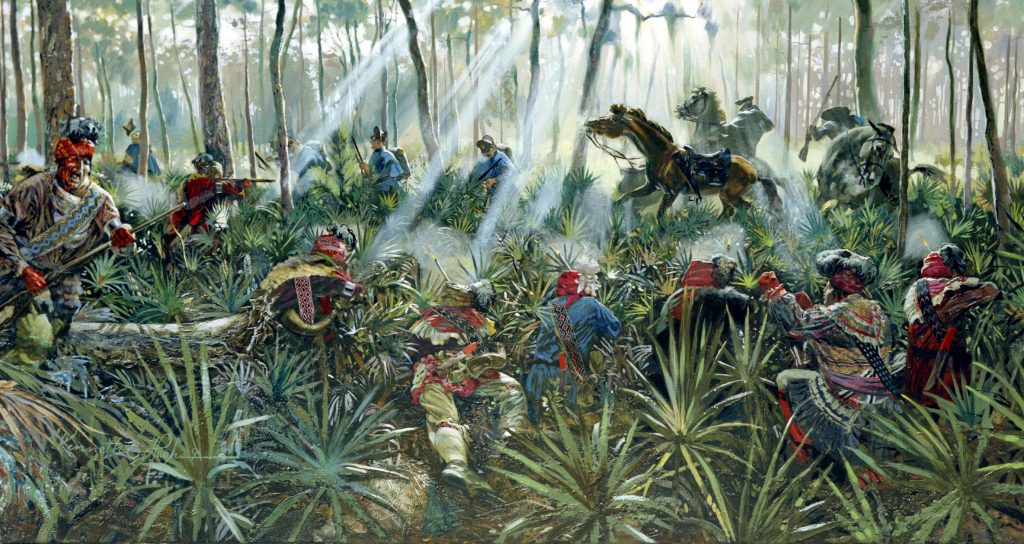
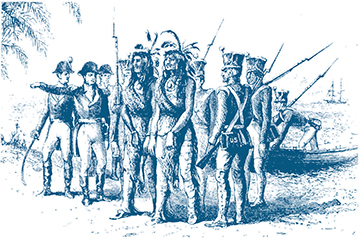
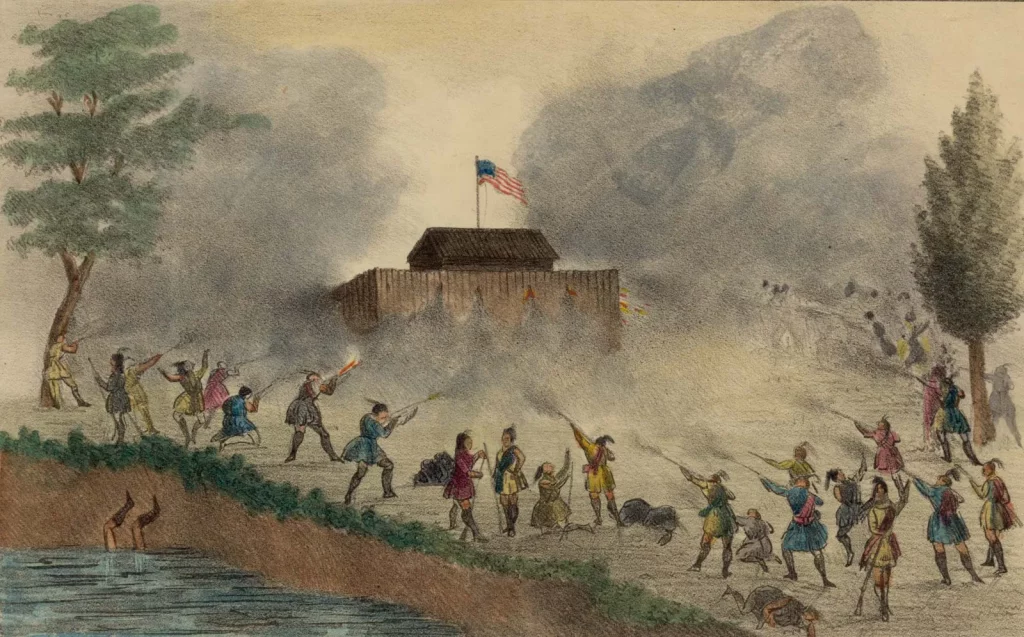
Background and Causes
- After the War of 1812, American slave owners increasingly entered Spanish Florida in pursuit of runaway slaves who had taken refuge among the Seminoles.
- The Seminoles, along with their Black Seminole allies (formerly enslaved Africans), had been trading weapons with the British and aiding them against the U.S. during the war.
- Tensions escalated as the Seminoles resisted American efforts to recapture the runaway slaves and encroachment on their lands.
Outbreak of War (1817)
- In November 1817, a U.S. military detachment from Fort Scott in Georgia attempted to recapture escaped slaves among the Seminoles led by Chief Neamathla. Shots were fired, marking the start of the First Seminole War.
- In March 1818, General Andrew Jackson led a force of over 3,500 men across the Florida border into Spanish territory.
- Jackson captured the Spanish forts of St. Marks and Pensacola, claiming the Spanish could not control the Seminoles raiding American lands from their territory.
Key Battles and Events
- At the Battle of Suwannee (April 1818), Jackson’s troops attacked and destroyed the Seminole village of Chief Boleck, though most Seminoles escaped into the swamps.
- Jackson’s forces struggled to locate and engage the Seminoles, who used guerilla tactics and knowledge of the terrain to their advantage.
- The Seminoles led by chiefs like Kenhagee resisted fiercely but were gradually pushed into the Florida interior by Jackson’s invasion.
Outcome and Aftermath
- Though unable to decisively defeat the Seminoles, Jackson’s invasion succeeded in destroying many of their villages and food supplies.
- Spain, unable to control Florida, was forced to cede the territory to the United States in 1819 through the Adams-Onís Treaty.
- The Seminoles, however, remained in Florida and continued periodically raiding American settlements, sowing seeds for future conflicts.
The First Seminole War represented the young United States’ willingness to use military force against Native Americans resisting American expansion and harboring runaway slaves. Though not a complete victory, General Jackson’s invasion broke Spanish control over Florida and led to its acquisition as a U.S. territory, setting the stage for further conflicts with the defiant Seminoles.
Role of Black Seminoles in the First Seminole War
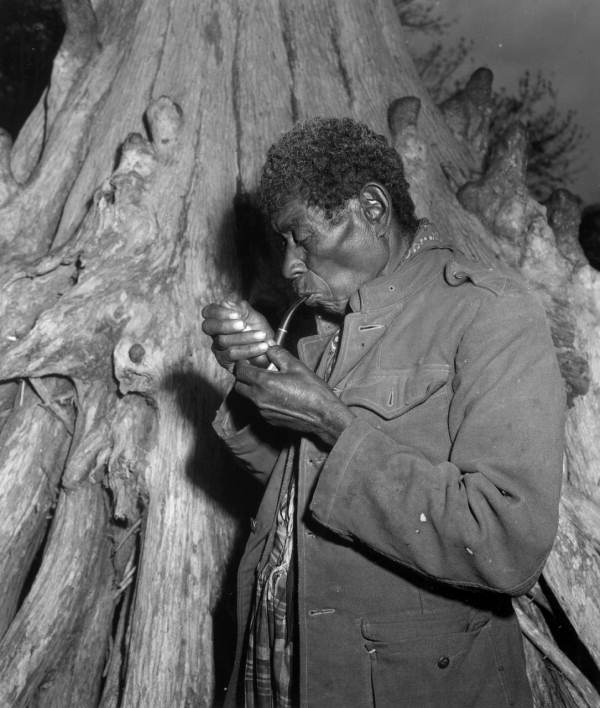
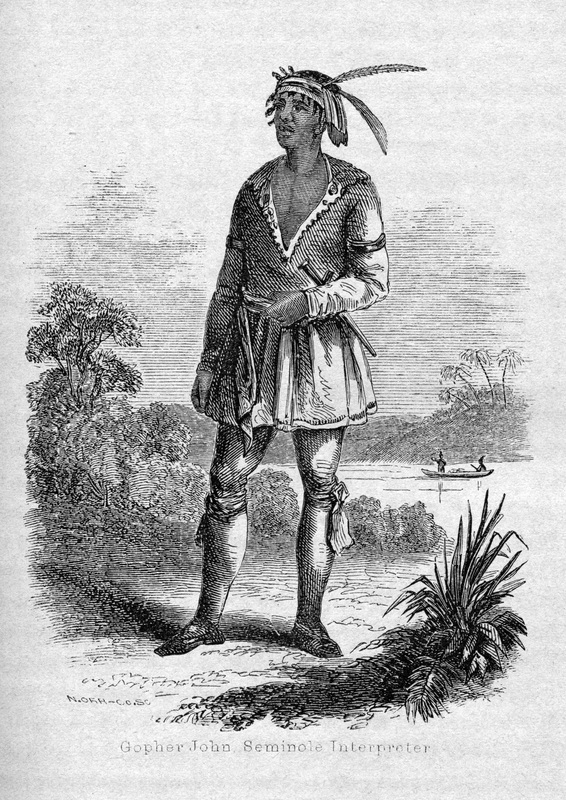
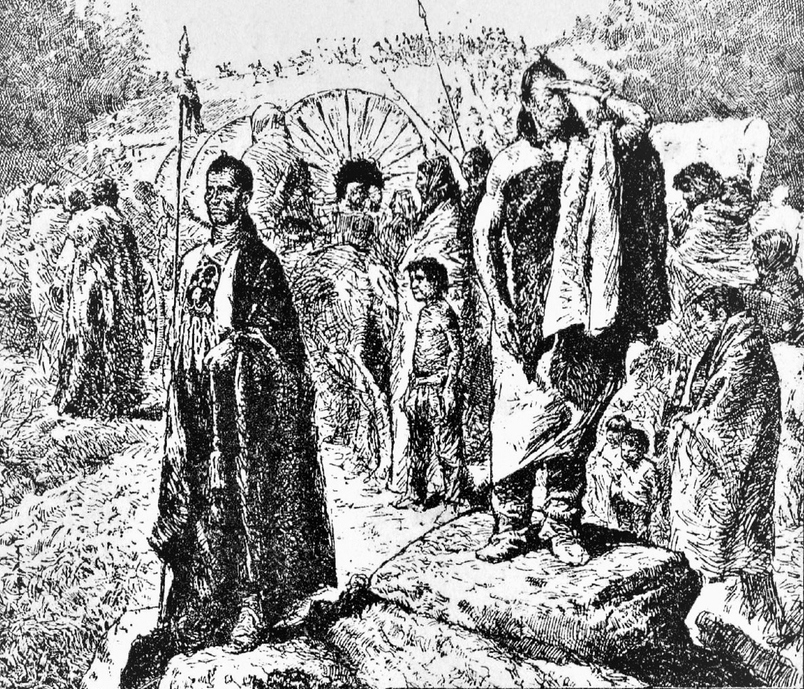
the Black Seminoles played a crucial role in the First Seminole War (1817-1818) against the United States. Here are the key details about their involvement:
- Background and Alliance with Seminoles
- The Black Seminoles were descendants of escaped slaves from American plantations who had taken refuge and integrated with the Seminole tribes in Spanish Florida.
- They had intermarried with the Seminoles over generations and formed a distinct community allied with the Native Seminoles in defending their lands and freedom.
- The Black Seminoles were descendants of escaped slaves from American plantations who had taken refuge and integrated with the Seminole tribes in Spanish Florida.
- Warriors and Spies
- Crucial Support and Supplies
- Negotiators and Mediators
- Targets of Violence
- Like the Seminoles, the Black Seminoles were targets of violence and attacks by American forces, including the 1816 destruction of a Seminole garrison housing a large Black Seminole community that killed around 270 people.
- This massacre helped precipitate the outbreak of the First Seminole War in 1817.
- Like the Seminoles, the Black Seminoles were targets of violence and attacks by American forces, including the 1816 destruction of a Seminole garrison housing a large Black Seminole community that killed around 270 people.
While ultimately defeated alongside the Seminoles, the Black Seminoles made essential contributions as warriors, spies, suppliers and diplomats during the First Seminole War. Their alliance and integration with the Seminole tribes was a major factor in the fierce resistance put up against Andrew Jackson’s invasion of Spanish Florida.
Andrew Jackson’s tactics during the First Seminole War
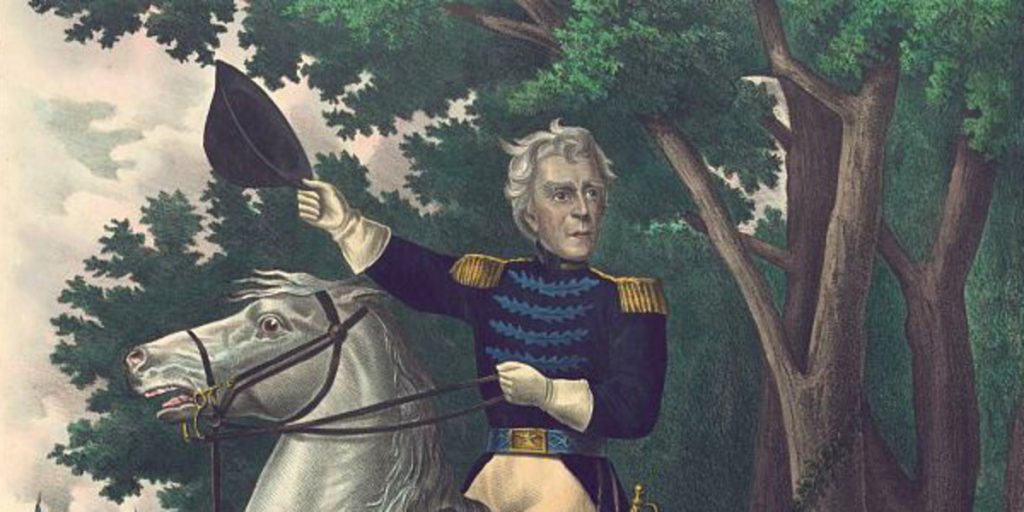
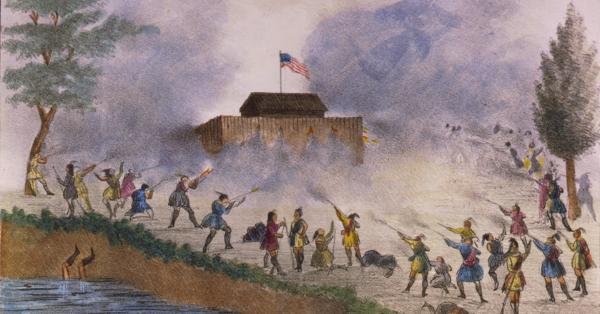

Andrew Jackson employed the following key tactics during the First Seminole War of 1817-1818:
- Invasion and Destruction of Seminole Villages
After taking command in December 1817, Jackson led a force of over 3,500 men across the border into Spanish Florida in March 1818. His troops systematically destroyed Seminole villages along the way, such as attacking Chief Boleck’s village on the Suwannee River, burning their homes and food supplies. - Seizing Spanish Forts
Jackson’s forces captured the Spanish forts of St. Marks and Pensacola, claiming Spain could not control the Seminoles raiding from their territory into American lands. This demonstrated Jackson’s willingness to directly confront the Spanish presence in Florida. - Pursuit into the Swamps
When the Seminoles retreated into the swamps and wilderness to avoid Jackson’s army, he relentlessly pursued them, trying to run them down or force them to surrender by destroying their villages and means of sustenance. - Divide and Conquer
Jackson aimed to split up and scatter the Seminole bands by simultaneously attacking them in Georgia and Florida, preventing them from concentrating their forces. - Scorched Earth Tactics
Jackson’s troops burned Seminole crops, villages, and supplies whenever they could be found, employing scorched earth tactics to deprive the Seminoles of resources and force their surrender or starvation
While unable to decisively defeat the Seminoles through battle, Jackson’s invasion of Florida and brutal tactics against their villages, food sources, and Spanish allies eventually compelled Spain to cede the territory to the United States in 1819 to end the conflict. His willingness to cross borders and destroy Seminole means of resistance foreshadowed his harsh policies as president towards Native American tribes.
Andrew Jackson’s role in the Adams-Onís Treaty
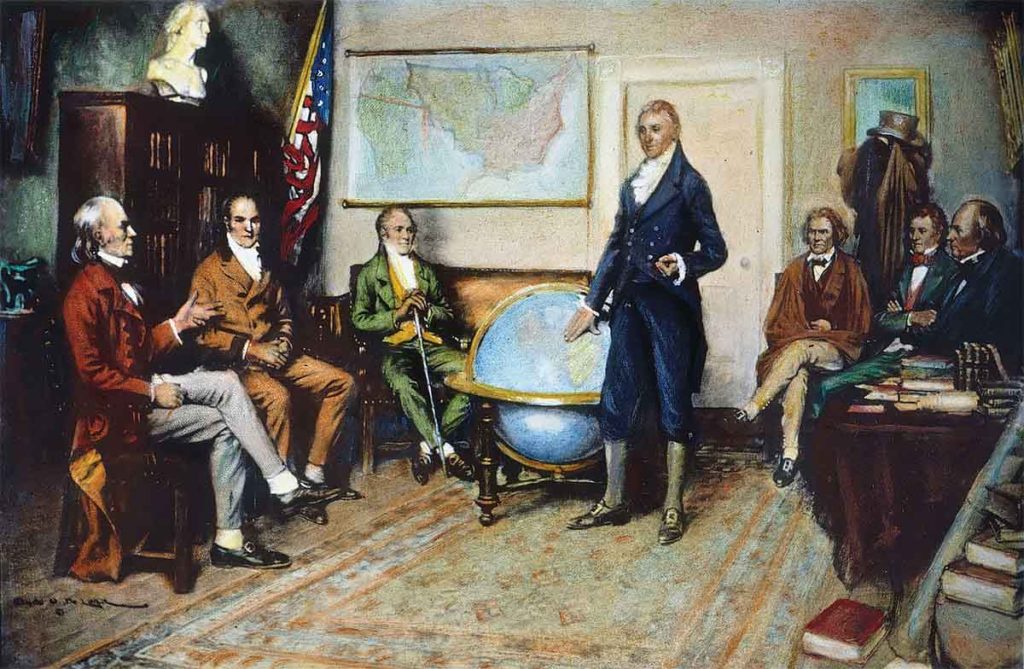
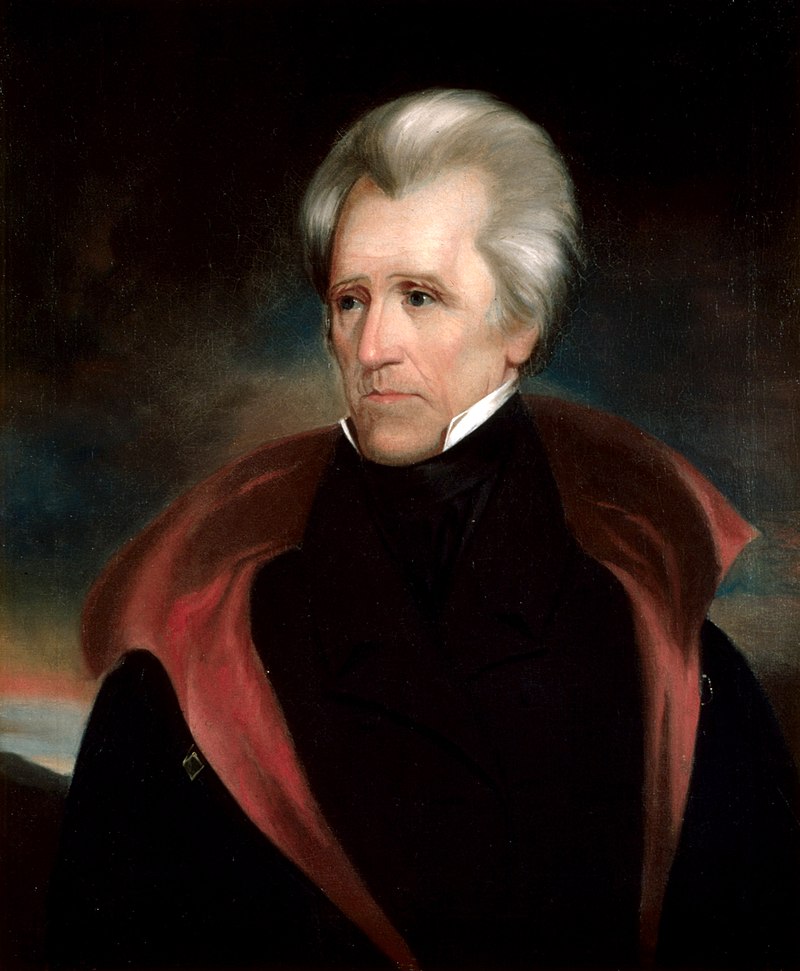
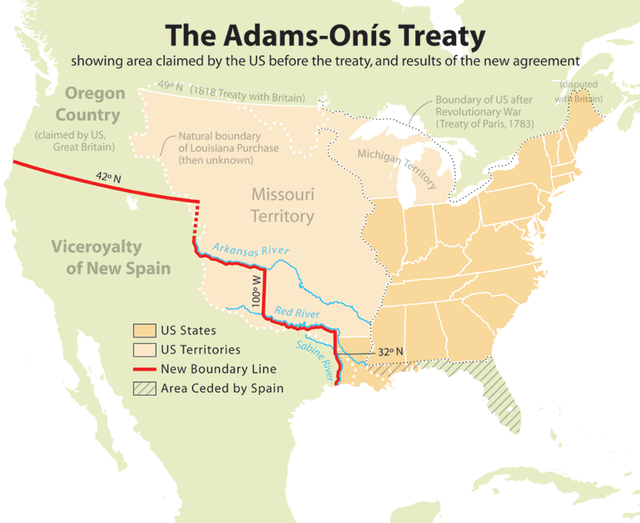
According to the provided sources, Andrew Jackson played an important, though indirect, role that influenced the negotiations and terms of the Adams-Onís Treaty between the United States and Spain in 1819. Here are the key details about Jackson’s involvement:
- Jackson’s Invasion of Spanish Florida (1818)
In 1818, during the First Seminole War, General Andrew Jackson led U.S. forces across the border into Spanish Florida to pursue Seminole raiders taking refuge there. Jackson captured the Spanish forts of St. Marks and Pensacola, claiming Spain could not control the Seminoles attacking American territory from Florida. - Providing Leverage for Negotiations
Jackson’s unauthorized invasion and seizure of Spanish forts in Florida put pressure on Spain and gave leverage to the American negotiators John Quincy Adams and Luis de Onís. As stated in , “Onís, fearing the United States might seize Florida outright, backed down. A treaty sooner rather than later looked good.” - Ultimatum to Spain Over Florida
Adams used Jackson’s actions to issue an ultimatum to Onís – either Spain maintained control over Florida and the Seminoles, or the U.S. would take over the territory. This threat helped compel Spain to cede Florida to the United States in the treaty. - Justification for Acquiring Florida
The inability of Spain to control the Seminoles carrying out raids from Florida into U.S. territory, demonstrated by Jackson’s invasion, provided justification for the United States to acquire Florida under the Adams-Onís Treaty, as Adams argued in
While Jackson acted unilaterally and exceeded his orders, his military campaign in Florida gave the U.S. negotiators leverage by demonstrating Spain’s weakness in the territory. This allowed Adams to extract concessions like the cession of Florida in exchange for the U.S. relinquishing claims on Texas in the treaty negotiations with Onís in 1819.
So while not directly involved in the diplomacy, Jackson’s unauthorized invasion of Spanish Florida was a crucial factor that influenced the negotiations and outcome of the Adams-Onís Treaty that formalized the transfer of Florida to the United States.